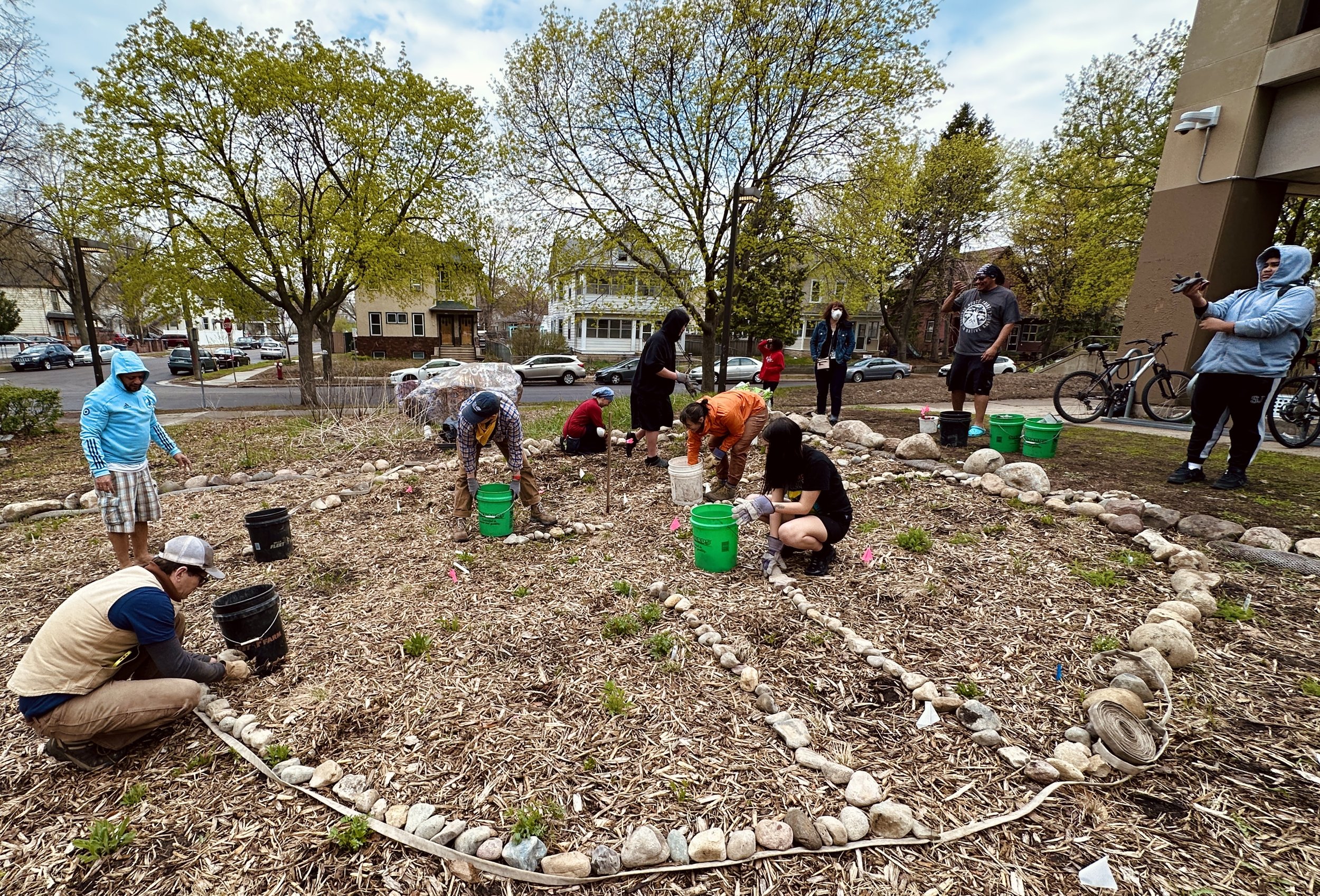Our Vision for 2030
Healthy, climate change resilient ecosystems throughout Minnesota
Great River Greening has a bold plan to mitigate the effects of climate change in Minnesota and protect our shared natural systems and habitats. Our Vision for 2030 is healthy, climate change resilient ecosystems throughout Minnesota. Using nature-based climate solutions, Great River Greening will restore, adapt, and sustainably manage ecosystems to address climate change, providing benefits for both people and the environment.
To achieve our vision of healthy, climate change resilient ecosystems throughout Minnesota, Great River Greening will lean into the practices and projects that can truly impact our shared climate future.
Our land-based restoration will center on three pillars of impact:
Restoring resilient landscapes
Addressing critical biodiversity loss
Increasing carbon sequestration and storage
We are already experiencing the effects of climate change on Minnesota’s ecosystems and individuals. Minnesota’s average annual temperature has increased by nearly 3°F since 1895. Our state is getting warmer and wetter, leading to more extreme weather. Planting zones are shifting, impacting the health of habitats throughout Minnesota. These changes have increased the risk of disease and pest infestations.
To protect Minnesota’s natural systems and habitats, we must take bold steps now to make a meaningful impact in this decade.
We must act now to preserve Minnesota’s natural systems and habitats.
According to the Intergovernmental Panel on Climate Change, without urgent action to decrease greenhouse gas emissions by 2030 global warming will surpass that critical threshold of 1.5°C in the following decades, leading to irreversible loss of ecosystems, and crisis after crisis for the most vulnerable people and societies.
Why nature-based climate solutions?
Nature-based climate solutions restore, adapt, or sustainably manage ecosystems to increase carbon storage or avoid greenhouse gas emissions in landscapes and wetlands. These strategies improve and adapt land in Minnesota to mitigate the effects of climate change while increasing the long-term resilience and health of habitats throughout our state.
Our work to build and preserve healthy, adaptive habitats that can withstand the effects of climate change will have an enormous impact for wildlife, pollinators, plants, and people in Minnesota.
How do we get there?
We can’t do this work alone.
Environmental stewardship of the land we restore is one of Great River Greening's core commitments. We partner with the communities we serve to increase environmental connection, teach environmental restoration, and ultimately empower committed individuals to join us in caring for our shared natural systems.
We are focused on both mitigating the effects of climate change and adapting our shared green spaces for resilience in a new climate future.




